The Differences Between the Canary Islands: Your Ultimate Guide
The Canary Islands, an archipelago located off the coast of northwestern Africa, are a favorite destination for travelers seeking sunshine, adventure, and unparalleled natural beauty. Each island has its unique charm, offering distinct experiences for every type of tourist. In this article, we'll explore the differences between the Canary Islands, focusing on climate, transport accessibility, recreation, and the composition of tourists, as well as other important factors. We will also conclude who each island is best suited for.
Tenerife
Tenerife, the largest and most populous of the Canary Islands, boasts a diverse climate ranging from subtropical in the north to semi-arid in the south. Home to Mount Teide, the highest peak in Spain, the island offers incredible natural beauty and a variety of landscapes to explore. Transport is convenient, with Tenerife North and Tenerife South airports servicing numerous international flights. The island's well-developed bus system and an efficient tram line in Santa Cruz de Tenerife make getting around easy.
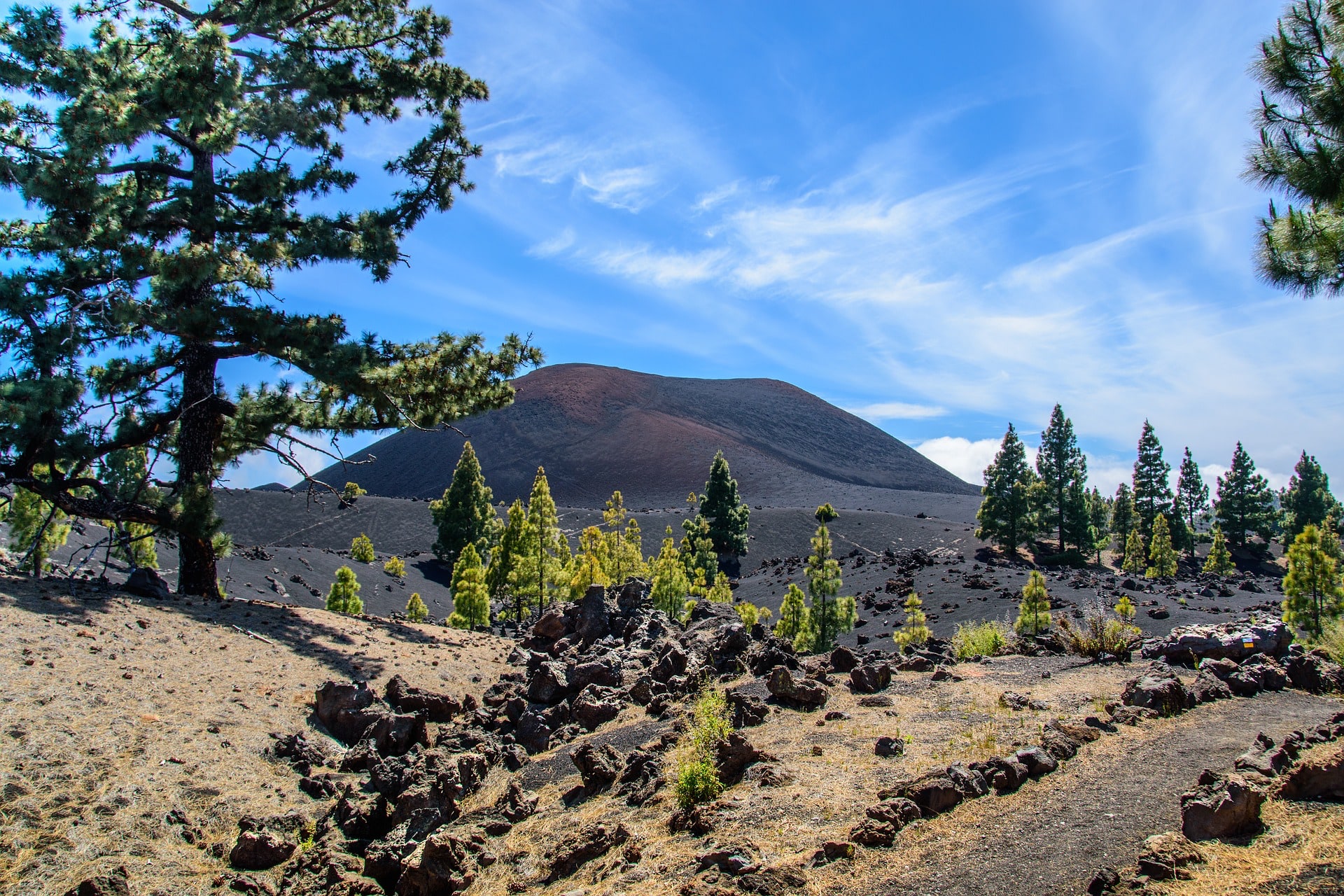
Recreation options are plentiful, including water sports, hiking, golf, and a vibrant nightlife, particularly in resort areas like Playa de las Americas and Los Cristianos. Tenerife attracts a diverse range of tourists, including families, couples, and solo travelers.
Best suited for: Adventure seekers, beach lovers, and those looking for a mix of relaxation and nightlife.
Gran Canaria
The second largest island, Gran Canaria, features a diverse landscape with lush forests, desert-like dunes, and stunning beaches. Its warm temperatures year-round make it an ideal destination for sun-seekers. Gran Canaria is easily accessible via Gran Canaria Airport, a major hub for international flights.
Outdoor enthusiasts will love hiking, cycling, and water sports, while Maspalomas in the south offers beach relaxation. The capital, Las Palmas de Gran Canaria, provides a more cultural experience. The island attracts a varied mix of tourists, including families, retirees, and LGBTQ+ travelers, especially during the annual Maspalomas Pride event.
Best suited for: Outdoor enthusiasts, sun-seekers, and LGBTQ+ travelers.
Lanzarote
Lanzarote's unique volcanic landscape, particularly in Timanfaya National Park, sets it apart from the other Canary Islands. The island's climate is warm and dry, with consistent temperatures year-round. Arrecife Airport connects Lanzarote to numerous international destinations, making it easily accessible for travelers.

The island offers a range of activities, from exploring the volcanic landscape to enjoying pristine beaches and world-class diving spots. Lanzarote is also home to a thriving wine industry, with La Geria region producing exceptional Malvasia wines. The island primarily attracts nature lovers, couples, and families seeking a quieter, more laid-back vacation experience.
Best suited for: Nature lovers, wine enthusiasts, and those seeking a more relaxed holiday.
Fuerteventura
Fuerteventura, the second largest Canary Island, is known for its idyllic white-sand beaches and turquoise waters. The island's climate is arid and warm, with pleasant temperatures throughout the year. Fuerteventura Airport connects the island to several international destinations, making travel convenient.
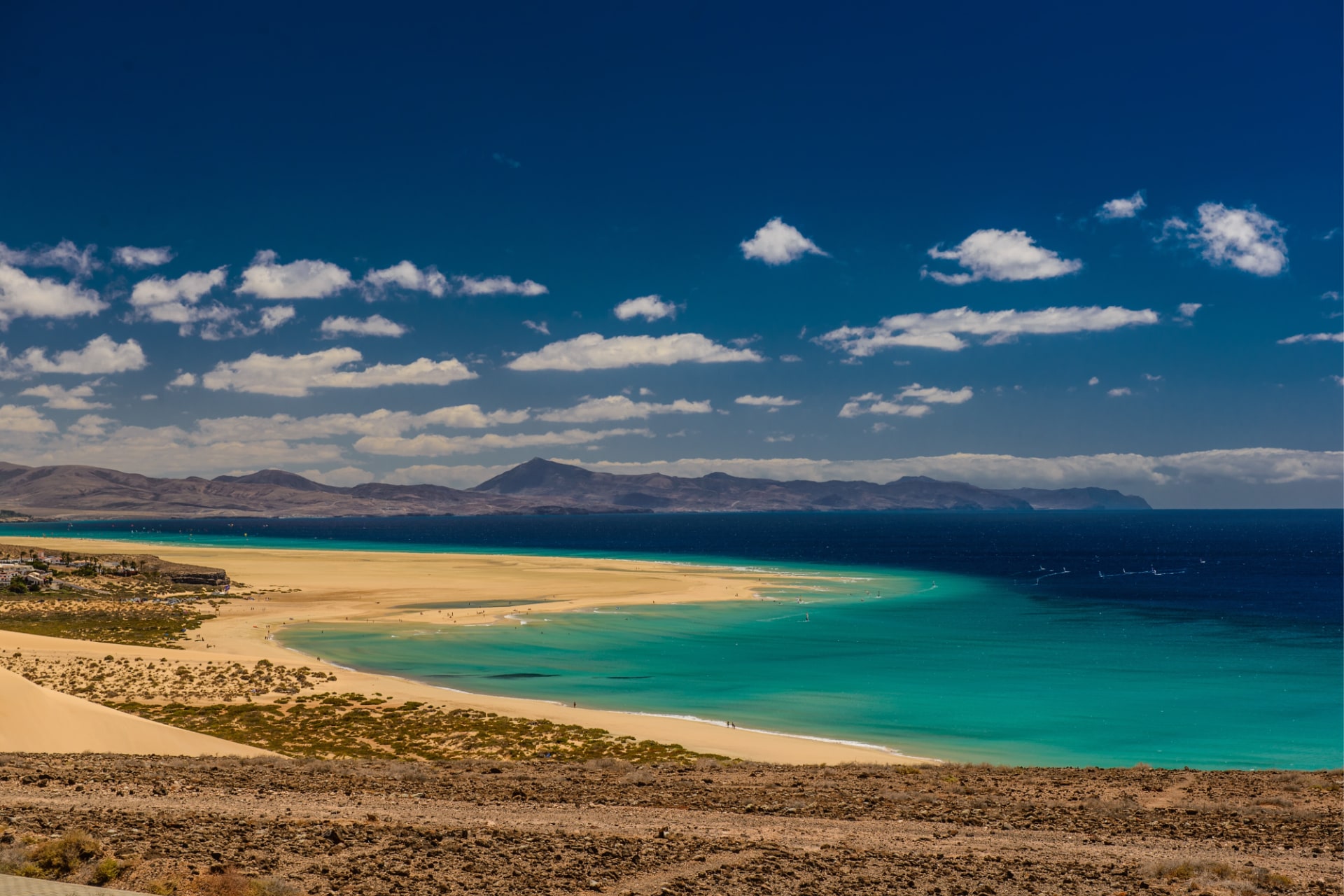
Fuerteventura offers a range of activities, including water sports like windsurfing and kitesurfing, as well as more leisurely pursuits such as sunbathing and swimming. The island is also home to unique volcanic landscapes and a UNESCO Biosphere Reserve. Fuerteventura's tourist demographic is diverse, attracting families, couples, and water sports enthusiasts.
Best suited for: Beach lovers, water sports enthusiasts, and those seeking a mix of natural beauty and relaxation.
La Palma
La Palma, nicknamed "La Isla Bonita" (The Beautiful Island), is known for its lush vegetation, dense forests, and stunning volcanic landscapes. The island enjoys a mild climate with consistent temperatures throughout the year. La Palma Airport connects the island to several international destinations, making it easily accessible for travelers.
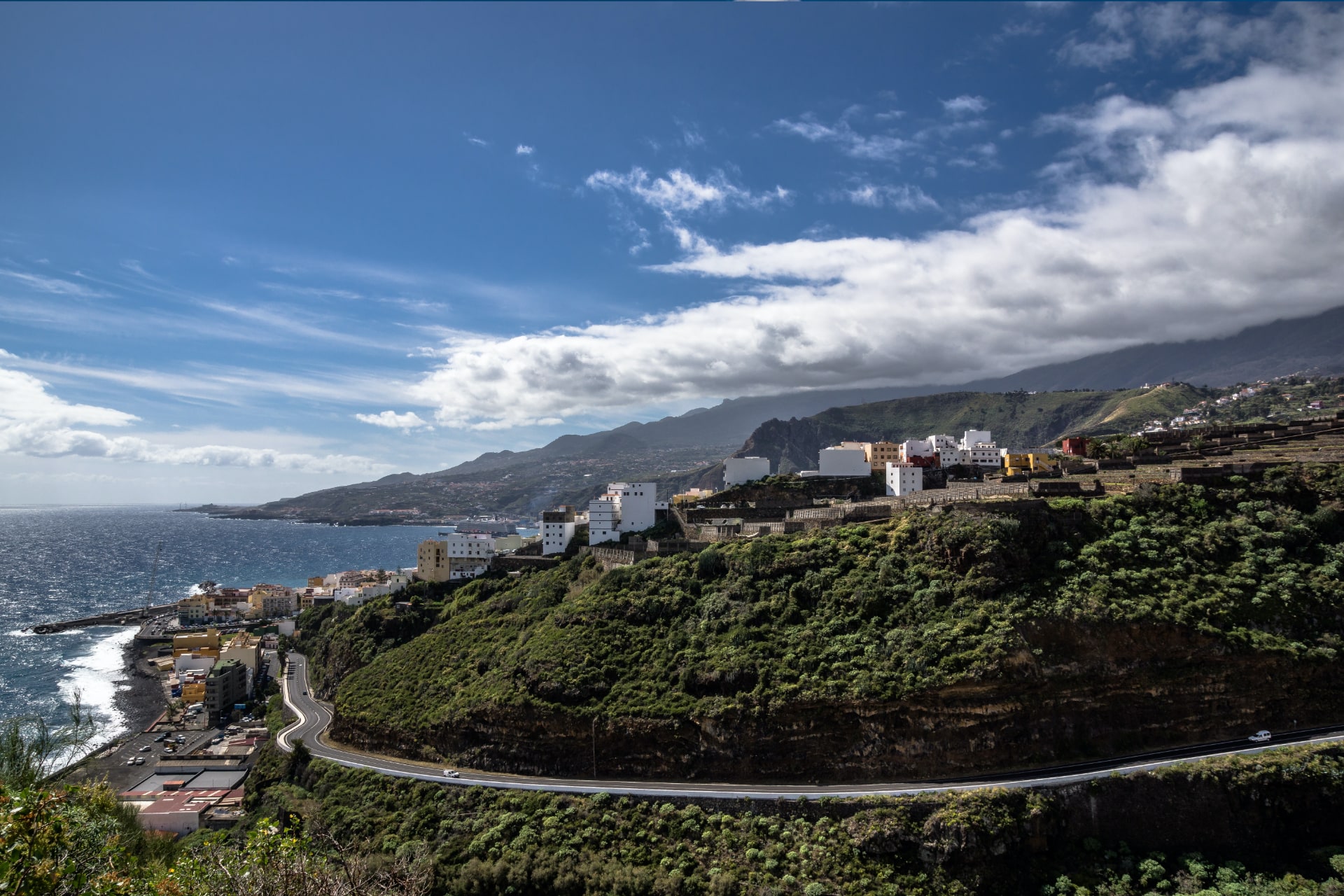
Outdoor enthusiasts will love exploring La Palma's numerous hiking trails, including the famous Caldera de Taburiente National Park. The island also offers excellent stargazing opportunities, as it is home to the Roque de los Muchachos Observatory. La Palma attracts a variety of tourists, including nature lovers, hikers, and astronomers.
Best suited for: Hikers, nature enthusiasts, and stargazing aficionados.
La Gomera
La Gomera, the second smallest island in the archipelago, is characterized by its rugged terrain, terraced hillsides, and dense laurel forests. The island has a mild climate with cooler temperatures in the higher altitudes. La Gomera Airport provides connections to Tenerife and Gran Canaria, with ferries also available for inter-island travel.
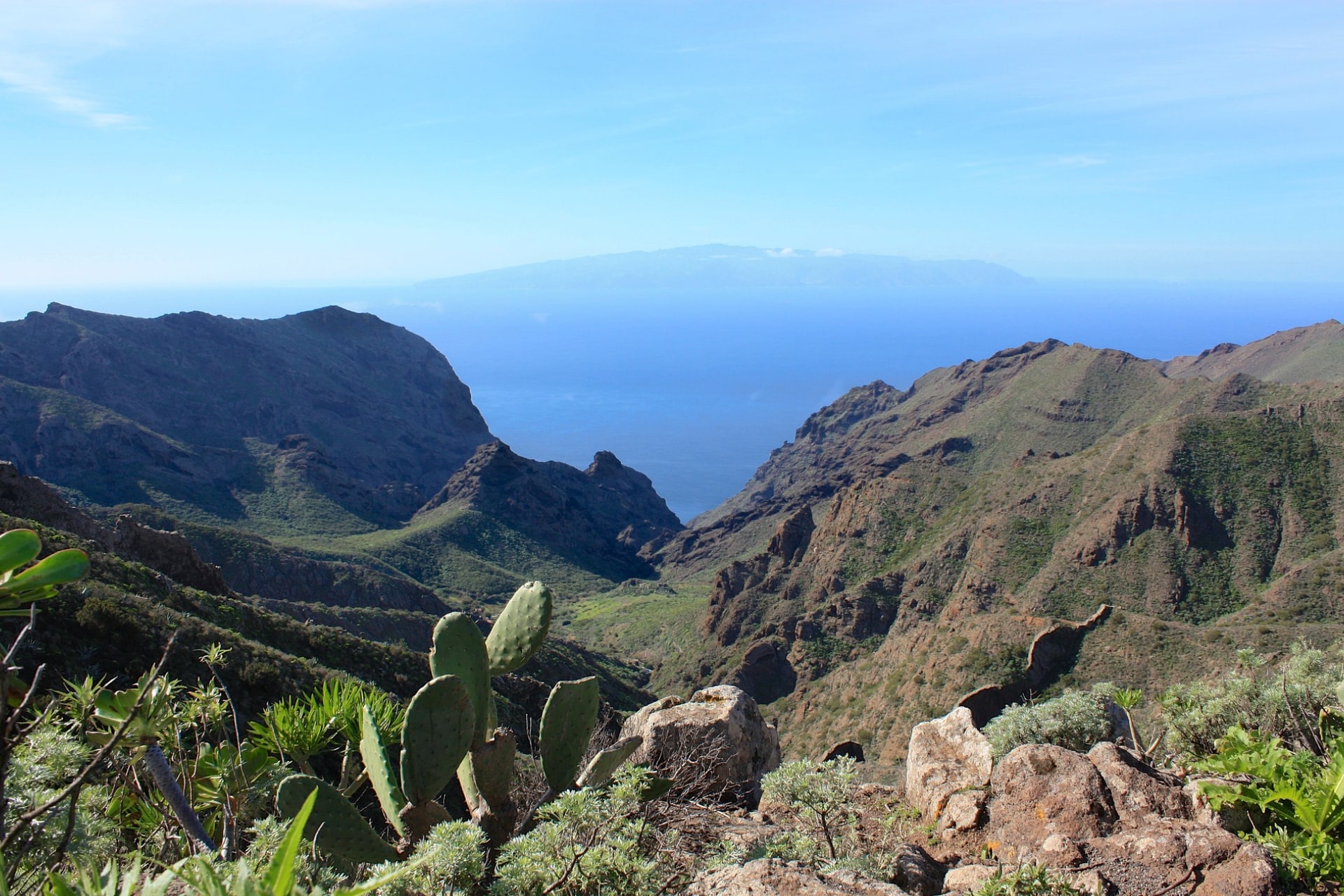
La Gomera's main draw is its pristine nature and unique culture, with the Garajonay National Park being a UNESCO World Heritage Site. The island is a paradise for hikers and those seeking to immerse themselves in local traditions, such as the Silbo Gomero whistling language. La Gomera attracts travelers seeking a more authentic and off-the-beaten-path experience.
Best suited for: Hikers, culture enthusiasts, and those looking for a more secluded getaway.
El Hierro
El Hierro, the smallest and most remote of the Canary Islands, is a haven for eco-conscious travelers and those seeking tranquility. The island's climate is mild and pleasant year-round, with cooler temperatures in the higher regions. El Hierro Airport offers flights to and from Tenerife and Gran Canaria, with ferry connections also available.
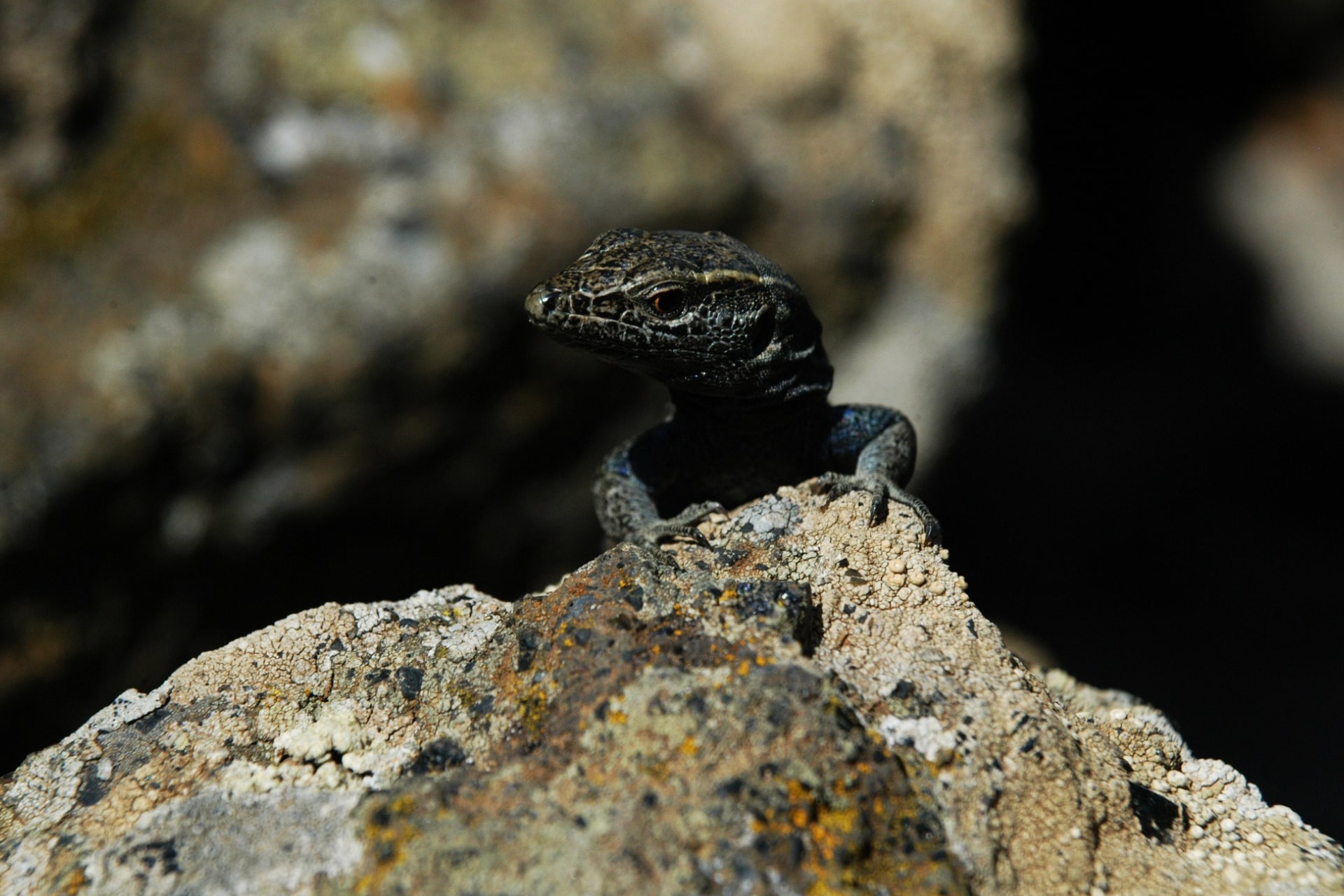
Visitors to El Hierro can enjoy its unspoiled landscapes, including volcanic cliffs, lush forests, and crystal-clear waters. The island offers excellent opportunities for hiking, scuba diving, and snorkeling. El Hierro's focus on sustainability and renewable energy sets it apart from other destinations, attracting eco-conscious travelers and those seeking a more sustainable vacation.
Best suited for: Eco-conscious travelers, nature lovers, and those seeking a peaceful retreat.
Conclusion
Each Canary Island offers its unique blend of natural beauty, climate, and recreational activities, catering to a diverse range of tourist preferences. Whether you're seeking adventure, relaxation, or a mix of both, there's an island in this stunning archipelago that's perfect for your next getaway.



